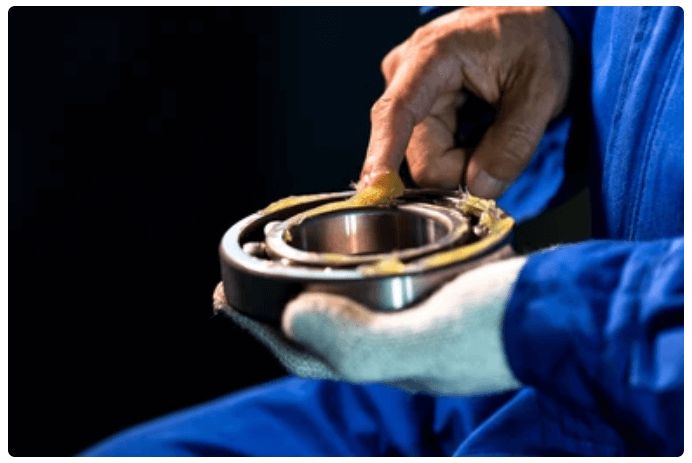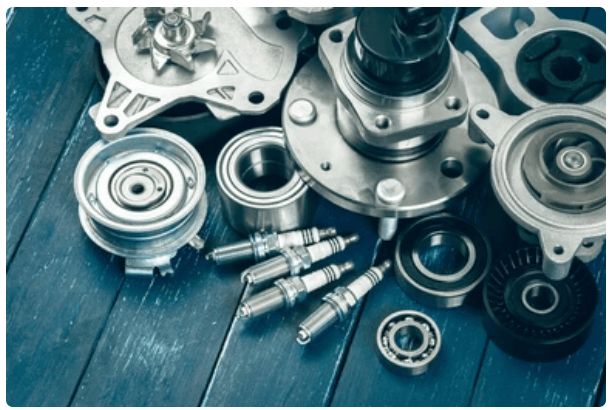In automobile operation, bearings play a vital role. Accurately determining if a bearing is damaged and understanding the cause of its failure are crucial for ensuring safe and normal driving. Here’s how you can determine if the car's bearings are damaged:

1. Sound Judgment
- Symptoms: A constant buzzing or rattling noise, especially noticeable at high speeds or during cornering, may indicate a bearing issue.
- Action: Listen carefully for any unusual sounds while driving, particularly during acceleration or turns.
2. Hand Judgment
- Symptoms: Feeling noticeable vibration or overheating when touching the wheel hub could suggest bearing damage.
- Action: With the vehicle safely lifted, use your hand to check for abnormal vibrations or excessive heat coming from the wheel hub area.
3. Observation of Driving Status
- Symptoms: Vehicle pulling to one side, abnormal suspension sagging, or uneven tire wear may also indicate bearing failure.
- Action: Observe any deviations in vehicle handling, suspension behavior, or tire condition that might signal a bearing problem.

Auto Bearing Fault Cause Analysis
1. Poor Lubrication
- Cause: Insufficient, deteriorated, or contaminated grease can increase bearing wear.
- Prevention: Regularly check and replace lubrication according to the manufacturer's recommendations.
2. Improper Installation
- Cause: Damage from excessive force or uneven pressure during installation can lead to bearing failure.
- Prevention: Follow proper installation procedures and use appropriate tools to avoid damaging the bearings.
3. Overload Operation
- Cause: Excessive loads over time can cause fatigue damage to the bearing.
- Prevention: Adhere to the vehicle’s load specifications and avoid overloading to prevent premature bearing wear.
4. Poor Sealing
- Cause: Dust, moisture, and other contaminants entering the bearing can accelerate wear and corrosion.
- Prevention: Ensure seals are intact and well-maintained to protect the bearings from external contaminants.
5. Poor Road Conditions
- Cause: Frequent driving on rough or bumpy roads can result in increased impact and vibration on the bearings.
- Prevention: Drive cautiously on rough terrains and ensure your vehicle’s suspension system is well-maintained to minimize bearing stress.

Best Practices for wheel bearing Maintenance
1. Regular Inspections
- Perform routine checks on bearings, including visual inspections and listening for unusual noises.
2. Routine Lubrication
- Follow recommended lubrication intervals and use quality lubricants to ensure optimal performance.
3. Proper Installation Techniques
- Ensure bearings are installed correctly using the manufacturer’s guidelines to avoid damage.
4. Driving Habits
- Adopt cautious driving practices, especially on poor road surfaces, to reduce strain on bearings.
5. Prompt Repairs
- Address any signs of bearing issues immediately to prevent further damage and ensure vehicle safety.
By integrating these practices and maintaining a proactive approach to vehicle care, you can significantly reduce the likelihood of bearing failures and enhance the longevity and reliability of your automobile.
TP, More than 20 years of bearing production experience, dedicated to serving auto repair centers and aftermarket, auto parts wholesalers and distributors, auto parts supermarkets.
TP bearings has partnered with automotive OEMs across continents to provide bespoke bearing solutions to the ever-changing needs of automotive manufacturers and work very closely with them to create bearings which are suitable for new-age vehicles. The imperative focus is on weight reduction, fuel efficiency and low noise bearings.
Get free sample and quotation now!
Post time: Sep-04-2024




